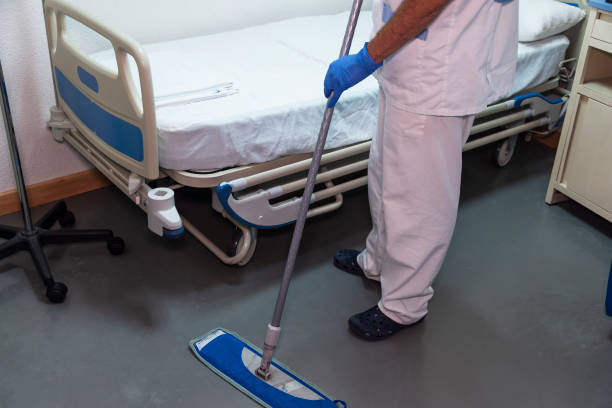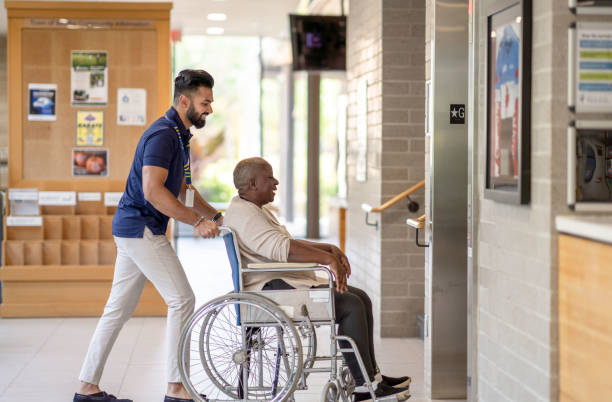What are the Risks of Stretcher Transportation?
Stretcher transportation is a service that provides transportation to patients who are unable to walk or who need assistance with mobility. This service can be used for a variety of purposes, including medical appointments, transportation to and from the hospital, and long-distance travel. What are the Risks of Stretcher Transportation?
While stretcher transportation can be a convenient and necessary service for many patients, there are some risks associated with it.
Here are some of the most common risks:
- Injury: Patients who are transported on stretchers are at risk of injury. This can happen during loading and unloading, as well as during the transportation itself. The risk of injury is higher for patients who are frail or have medical conditions.
- Falls: Patients who are transported on stretchers are also at risk of falling. This can happen during loading and unloading, as well as during the transportation itself. The risk of falls is higher for patients who are unsteady on their feet or who have balance problems.
- Discomfort: Patients who are transported on stretchers may experience discomfort. This can be due to the position of the stretcher, the length of the transportation, or the condition of the patient.
- Privacy: Patients who are transported on stretchers may have their privacy compromised. This can happen if the stretcher is not covered or if the patient is transported in a public area.
- Cost: Stretcher transportation can be expensive. The cost of transportation can vary depending on the distance traveled. The type of vehicle used, and the medical needs of the patient.
If you are considering stretcher transportation, it is important to weigh the risks and benefits. If you decide that stretcher transportation is the best option for you, be sure to choose a reputable transportation company that has experience transporting patients.
Here are some tips for reducing the risks of stretcher transportation:
- Choose a reputable transportation company: Make sure the company you choose has experience transporting patients and has a good safety record.
- Inform the transportation company of your medical conditions: This will help the company to provide the best possible care for you.
- Ask the transportation company about their safety procedures: Make sure the company has procedures in place to prevent injuries, falls, and discomfort.
- Be aware of your surroundings: If you are able, stay alert and aware of your surroundings during transportation. This will help you to avoid injuries and falls.
- Ask for help if you need it: If you are feeling uncomfortable or if you need assistance. Do not hesitate to ask the transportation company for help.
By following these tips, you can help to reduce the risks of stretcher transportation. And ensure a safe and comfortable journey.







